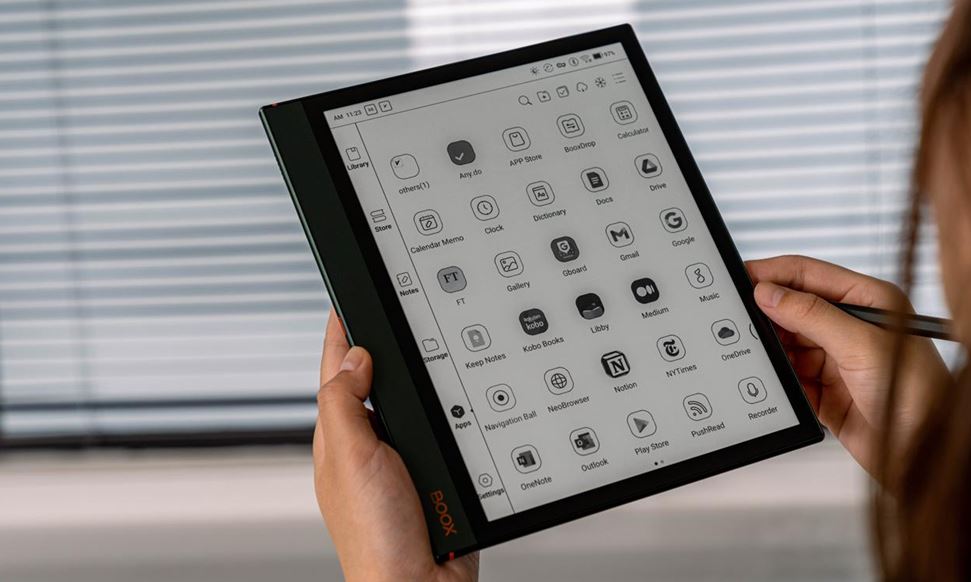In today’s fast-paced digital world, the way we consume information is evolving rapidly. Have you ever thought about how much your reading habits have changed with the advent of larger screens? As technology advances, so does the experience of reading, making it not just a task but an engaging journey. This article explores how bigger screens are reshaping our reading habits, enhancing comprehension, and inviting deeper engagement with the material. Through examining the benefits of larger displays, we’ll uncover how they are revolutionizing our interaction with text.
The Rise of Larger Screens in Digital Reading
In recent years, larger screens have emerged as a game-changer in the realm of digital reading. People are increasingly opting for devices with expansive displays, such as tablets and e-readers. This shift isn’t just about size; it’s about experience. With ample screen real estate, you’re able to enjoy clearer text, vivid images, and a more immersive reading environment.
- Enhanced Readability: Larger fonts and better contrast lead to less eye strain.
- Rich Visuals: Images and graphics pop more on bigger screens.
- Multitasking Made Easy: Splitting screens allows you to reference materials while reading.
Improved Engagement and Comprehension
Have you noticed that when you read on a larger screen, you tend to focus better? It’s not just you. Studies suggest that larger displays can significantly enhance comprehension and retention. When text and visuals are easy to access and interact with, readers are likely to absorb information more effectively.
Moreover, the ability to annotate and highlight text directly on the screen encourages a more active reading experience. You can ask yourself: how often do you find yourself lost in the text when it feels comfortable and engaging?
The Social Aspect of Reading on Bigger Screens
Reading has often been considered a solitary activity. However, with the rise of larger screens, it’s becoming increasingly social. Sharing content has never been easier. Whether you’re discussing an article or collaborating on a document, larger screens facilitate better communication and interaction.
Think about it: how enjoyable is it to discuss a book or article together while both of you can see the same content clearly? This collaborative aspect is transforming reading from a solitary task into a shared experience.
Challenges and Considerations
While larger screens offer numerous advantages, they also come with challenges. For instance, battery life can be a concern, and portability may be compromised. You might find yourself wondering whether the benefits outweigh the drawbacks.
Additionally, not all content is optimized for larger formats. Some websites may look cluttered or difficult to navigate. Thus, it’s crucial to choose the right platform that complements your reading preferences.
The Future of Digital Reading
As technology continues to advance, what will the future hold for digital reading? The trend towards larger screens is likely to persist, driven by the demand for better user experiences. Innovations like foldable devices and ultra-high-definition displays may further enhance how we engage with text.
Imagine a world where reading becomes even more interactive and visually stimulating. The possibilities are endless, and as we embrace these changes, we may find that our reading habits continue to evolve in exciting ways.




